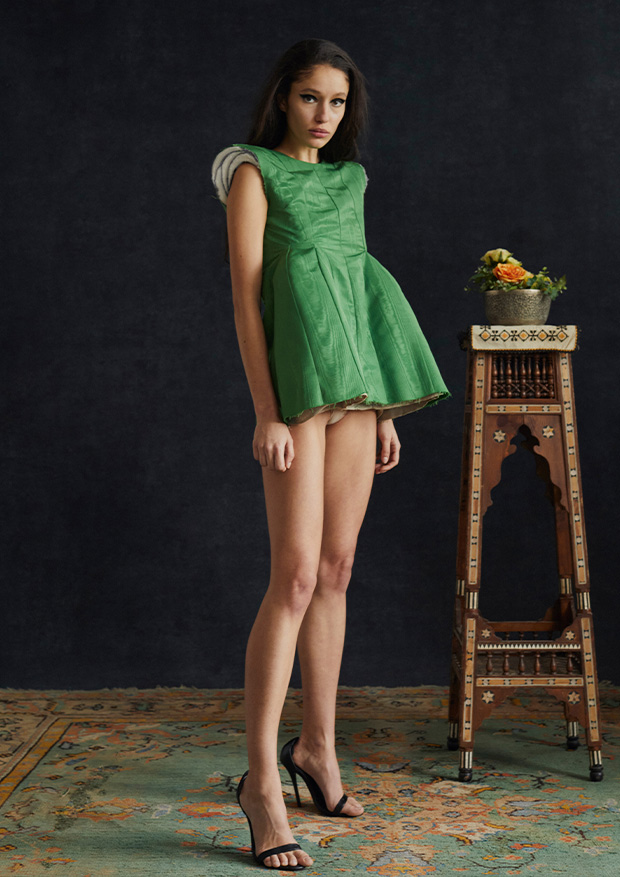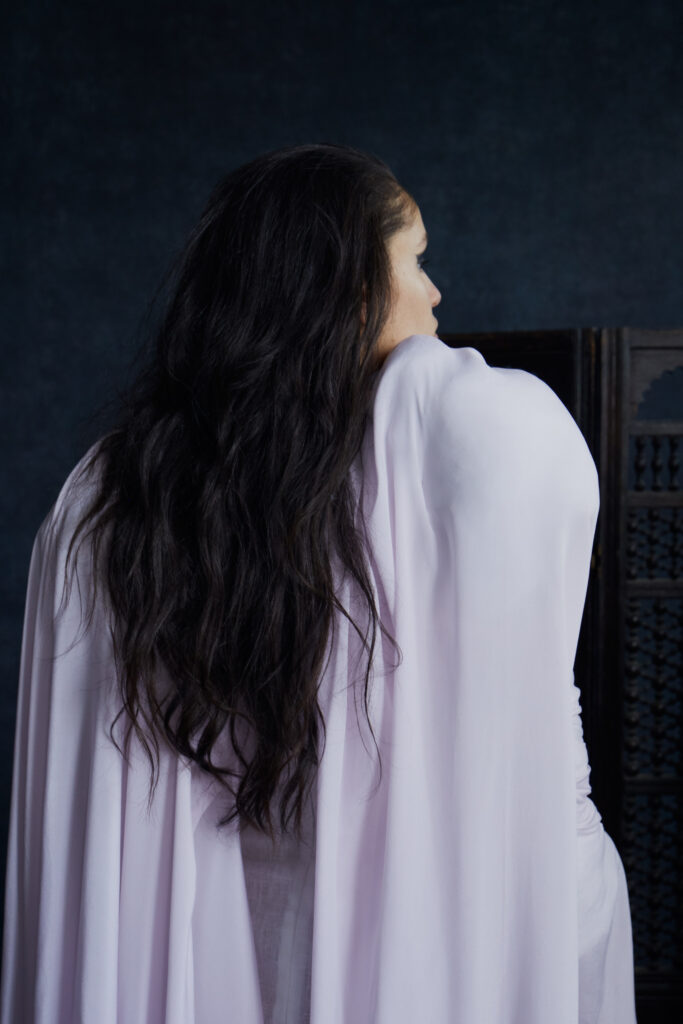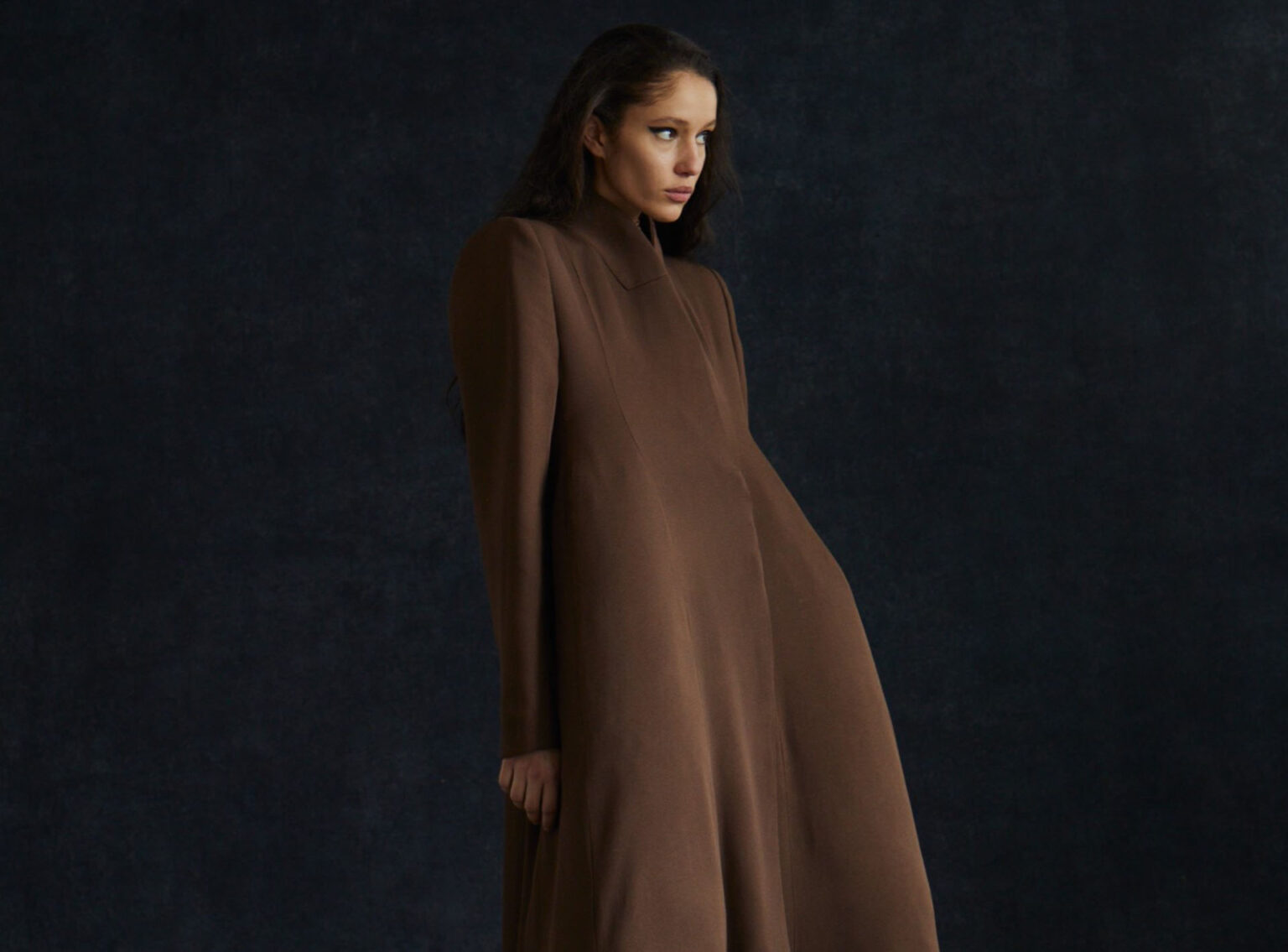It is a pleasure to have you on SWARMMAG. Please introduce yourself to our readers who might not already know you!
Thank you for your invitation!
I am Mehmet, designer, recently graduated from Central Saint Martins. Specialised in womenswear, working with jersey and using draping techniques that I learned in Paris in the couture ateliers. An important element of my work is the tailoring construction with canvas under the garment. It is how I play with the deconstruction and the volume.
The design aesthetic is reinforced with the character of a ‘muse’ that I build within the collection, then I direct an attitude within the exercise of a show. In that way I build a theatrical image that is beyond the garment itself. The fusion of both garment and attitude reflects the aim of my work.
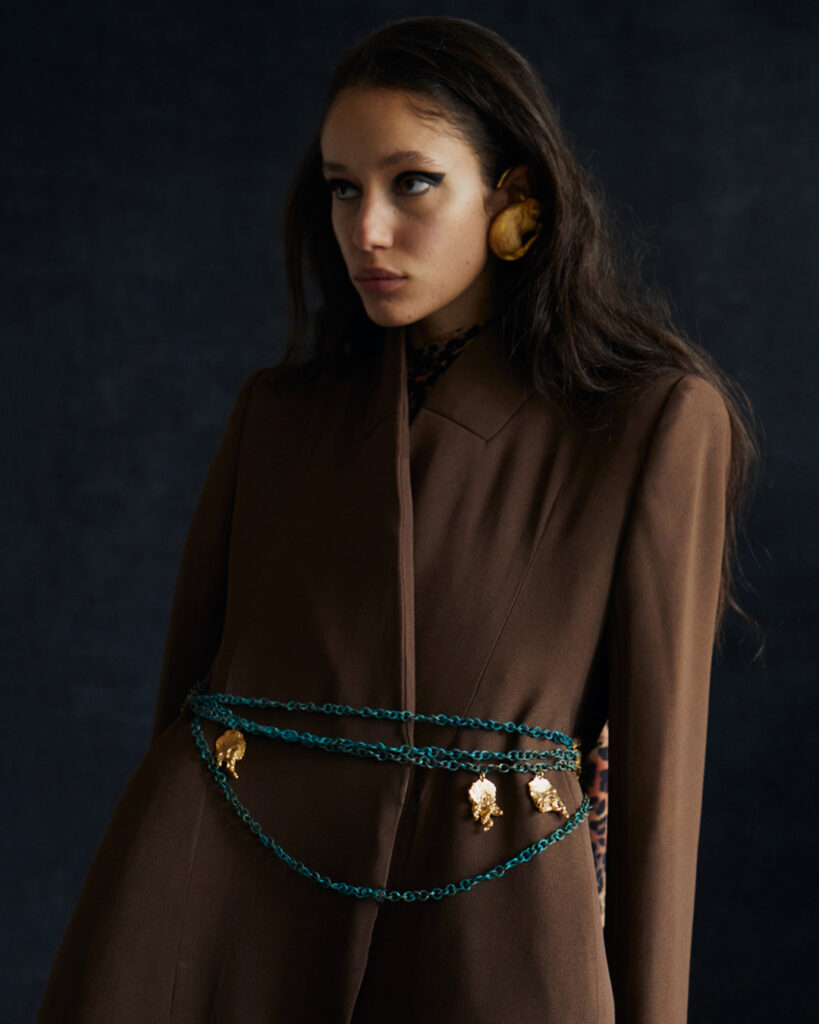
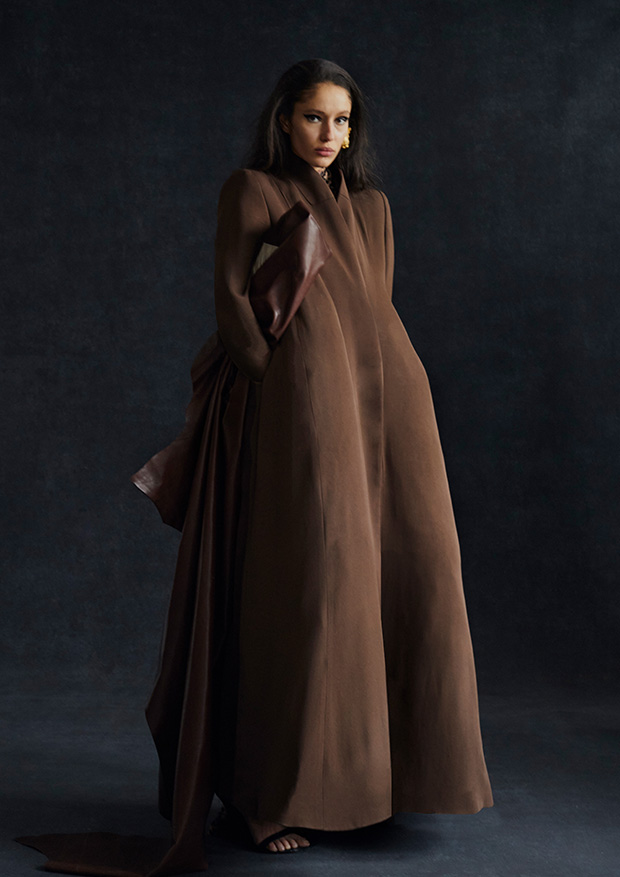
What fascinated you about fashion as a medium at the beginning compared to now?
I came to fashion by drawing. I always draw people around me and by extension what they wear, and then I started to draw characters, like for example I will draw my friends and write them a story that I invented. This is how I have been introduced to fashion and design as a medium.
Now what fascinates me is the direct interaction with people. When they feel empowered and sexier in my garment. I can see this interaction on Instagram when I started my page for the first-time a few months ago. People messaged me that they have a sense of pride to see themselves in my work. Fashion is still a superficial industry and its potential is underestimated. There are not many questions about diversity and representation; it is limited to some politically correct attention, but not real action. At the same time, fashion is the most powerful image industry and it is a change maker in society. Therefore, my inspirations, and the women I portray, are specific, able to tell the story of my people and create a testimony about our immigrant families that interest me the most now.
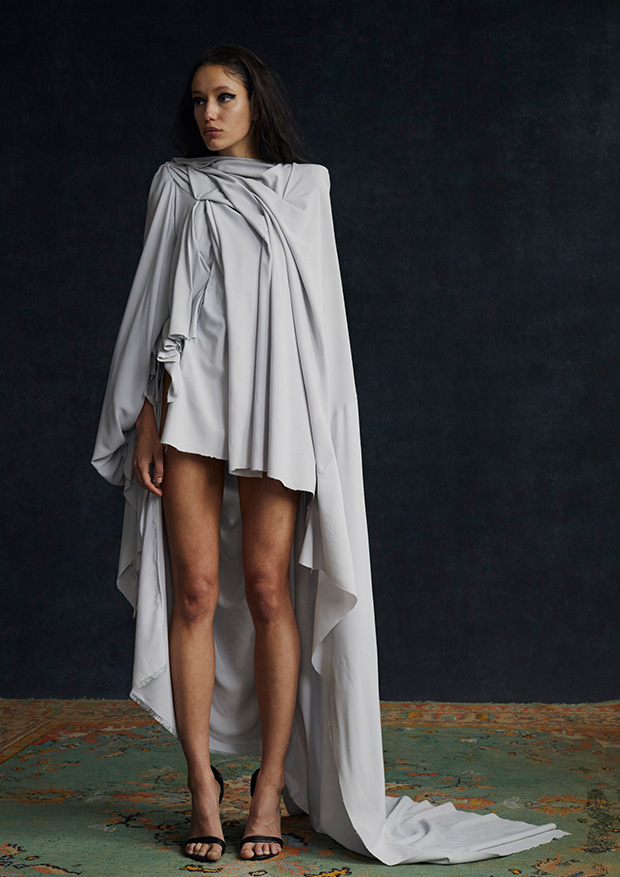
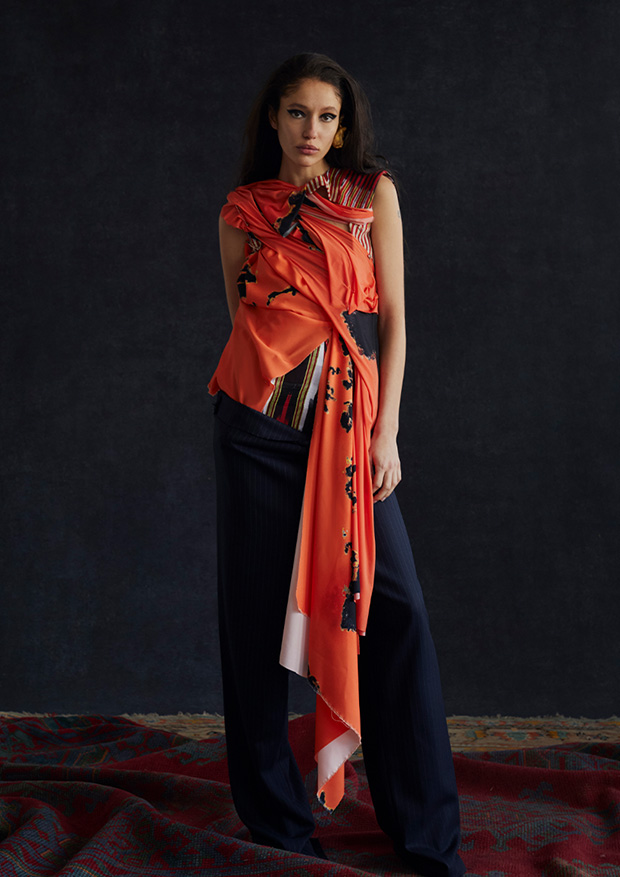

This vision is about growing up in an immigrant family – “having a desire to create emotional bridges between west and east,” you said. How does this personal influence visually express itself through your latest collection?
The drapings are created from orientalist photography. These images from the 18-19th centuries portray an Ottoman woman lying down on the ground in ripped garment. In these images the collection is raw, and the draping reflects the effortless silhouette.
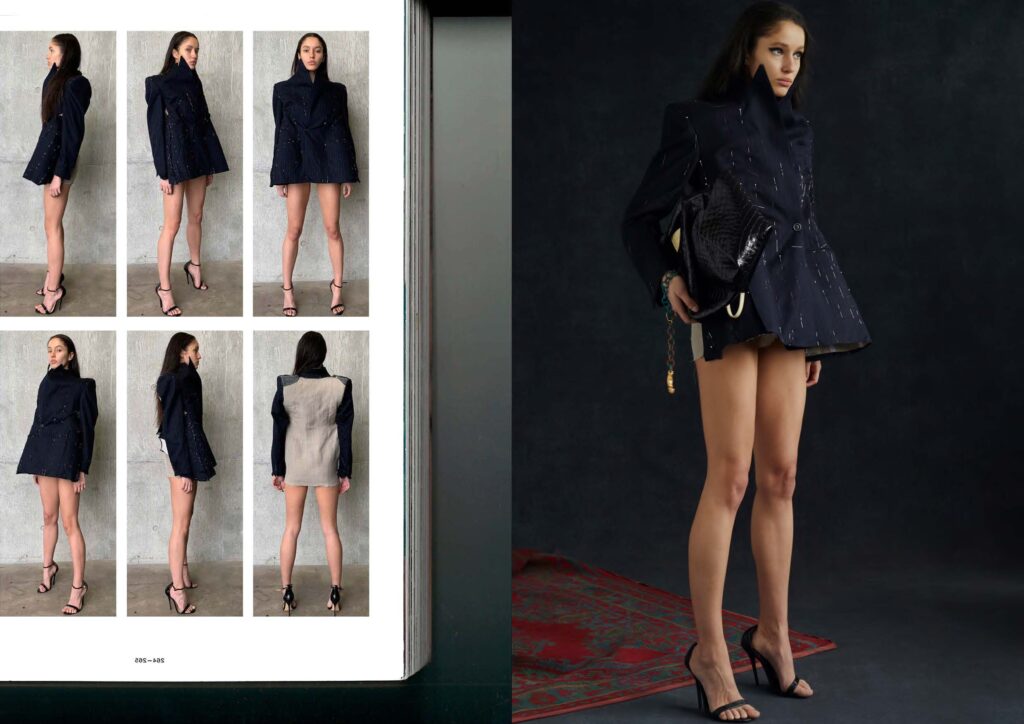

These orientalist and colonial paintings and photographs are emotionally charged. The artists created a myth that they set as an ultimate reality for the west and that is a fascinating challenge from an immigrant perspective growing up in Europe. There is a lot of beauty in the Ingres painting, and I wanted to play with this subversive line between beauty and perversion. It is relevant to the crisis we are experiencing now and how the west and east interact. How the west and east interact is all about the superposition and the creation of a narrative. Like saying east and west instead of west and east. We all claim for diversity, equality, and integrity, but just few people question the roots, and I wanted to be relevant in a time of ultra-passiveness. I see migration and globalisation as a rhizome and try to create a narrative to build my own reality and celebrate who we truly are.


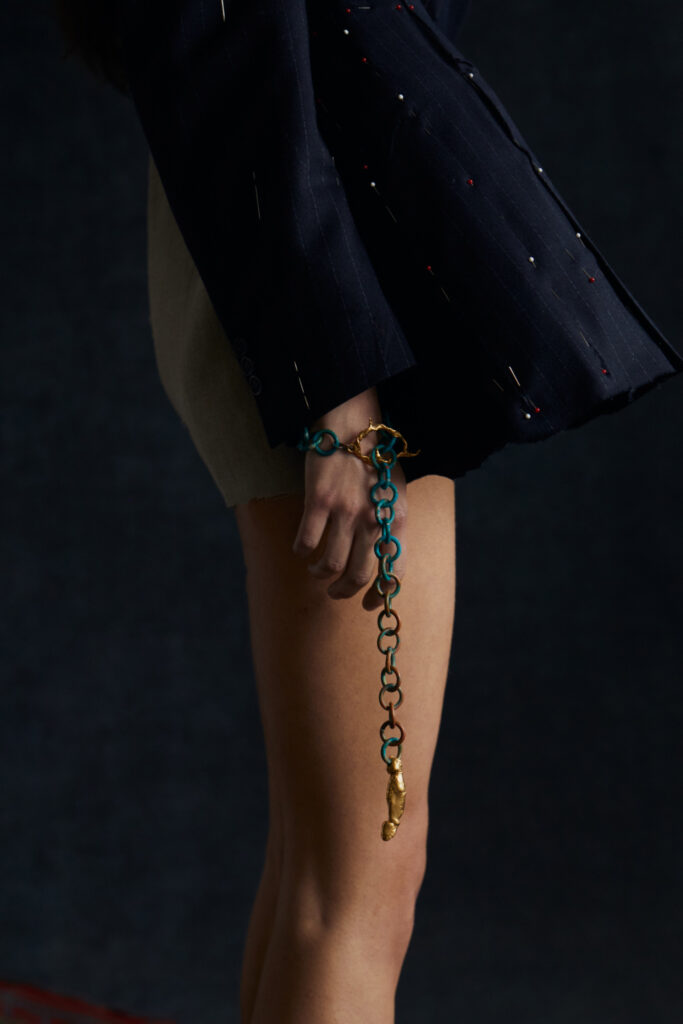
You play with the process of tailoring as output and create eye-catching and strong details. Can you give us an insight into your creative process: how do you go about designing and building the collection?
The collection is built around the muse, and then starts a process of design development. I had the opportunity to work with the most talented designer in Paris, with whom I learned the technique of cutting and shaping. I use these techniques of tailoring construction with canvas and build a shape that I shift with draping. It is a long process of hand stitching like in the couture ateliers. I believe that the exclusivity and the experimental aspect of my work is what make it sustainable. It is timeless and can suit a sophisticated lifestyle. It is not only about the design but also about the story behind which is drawn on the mannequin starting with the first toile to the final stage with a raw cut and figuring out the movement. When we cut a dress, we have to consider what the movement will reveal or hide and its interaction with the body. What does this dress say about the person who wears it? The ephemeral moment of the show hides a deep reflection and process of research and understanding of a cultural phenomenon. What does my collection say about the time I am living in? I am not a sad white woman living in Berlin. So, how do I fit in the modern context of the fashion landscape?
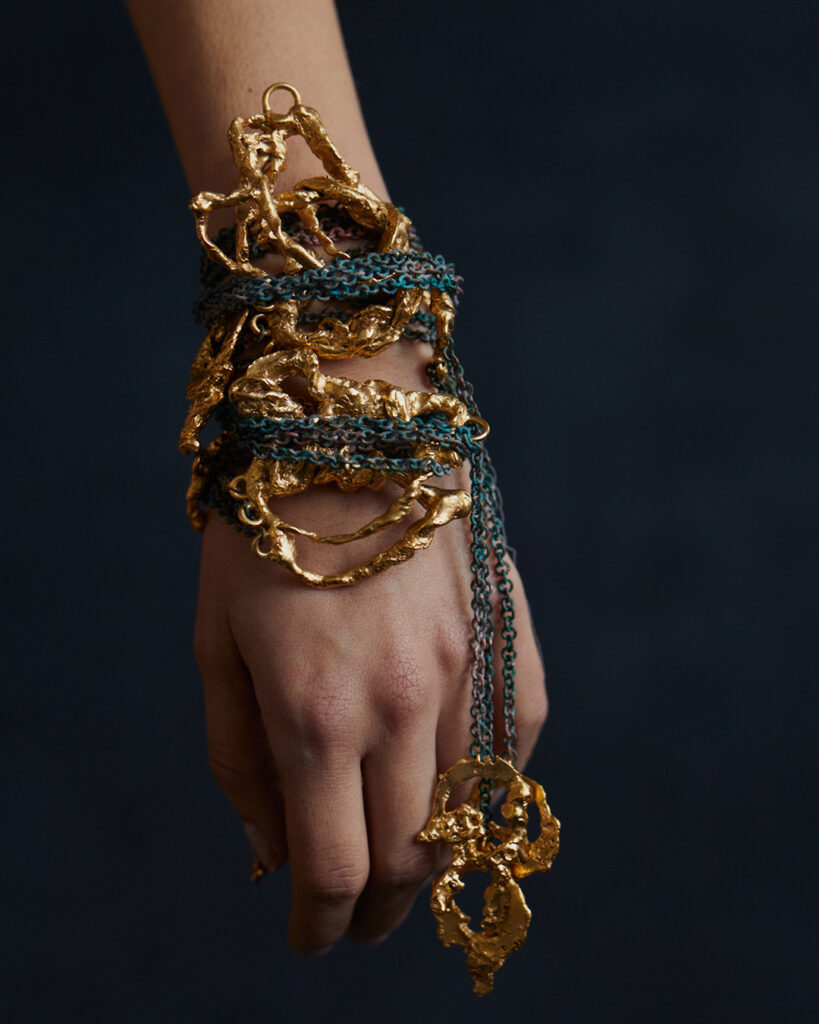
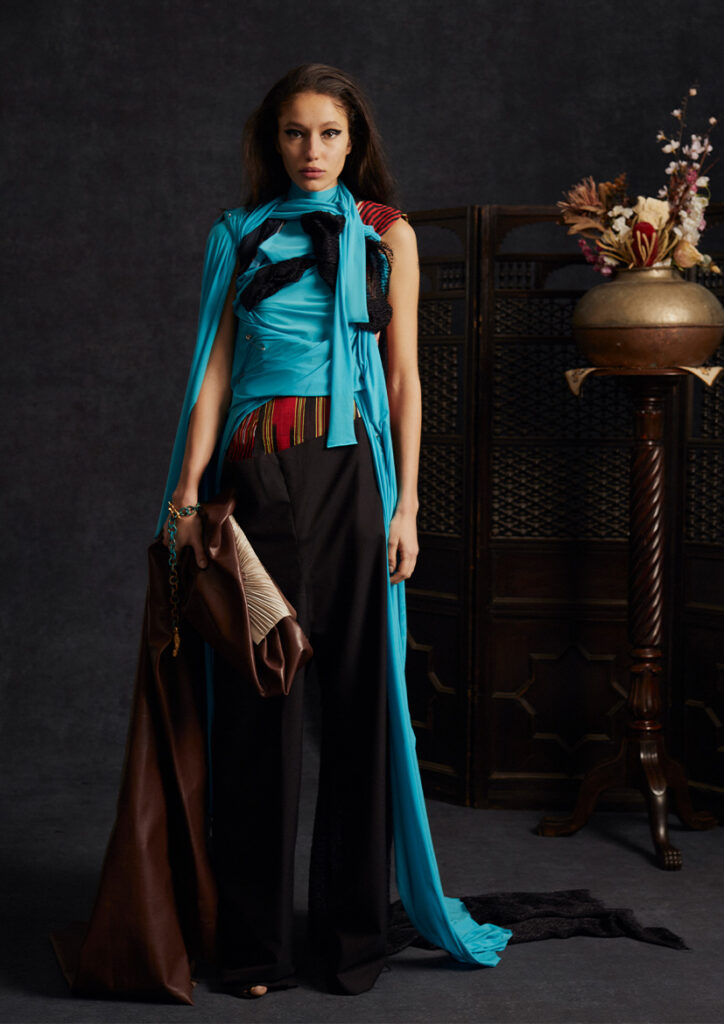
Are you currently preparing any new collection or collaboration we can look forward to?
I am working on an experimental micro collection. I want to stay exclusive in my proposals to keep it sustainable and relevant. I work as a consultant for fashion brands on the side which helps me to finance my artistic projects. I now aim to work for high-end or couture houses and in parallel collaborate with more artists to build a story together to inspire an elevated lifestyle for our people. My design direction needs the support of experienced ateliers, working with artisans to make pieces that tell a story instead making garments for appealing ‘easy-cash’. Therefore, each piece is hand stitched and, in the future, I want to extend that in a ready-to-wear project, but for now I stay focused on the experimental and muse-driven aspect of my work. It is a struggle in a time where fashion is led by ultra-violent businessmen who use and abuse young designers. They promote fast fashion hidden under the word ‘luxury’, but for me, that is a challenge. There are a lot of challenges and that is exciting.
